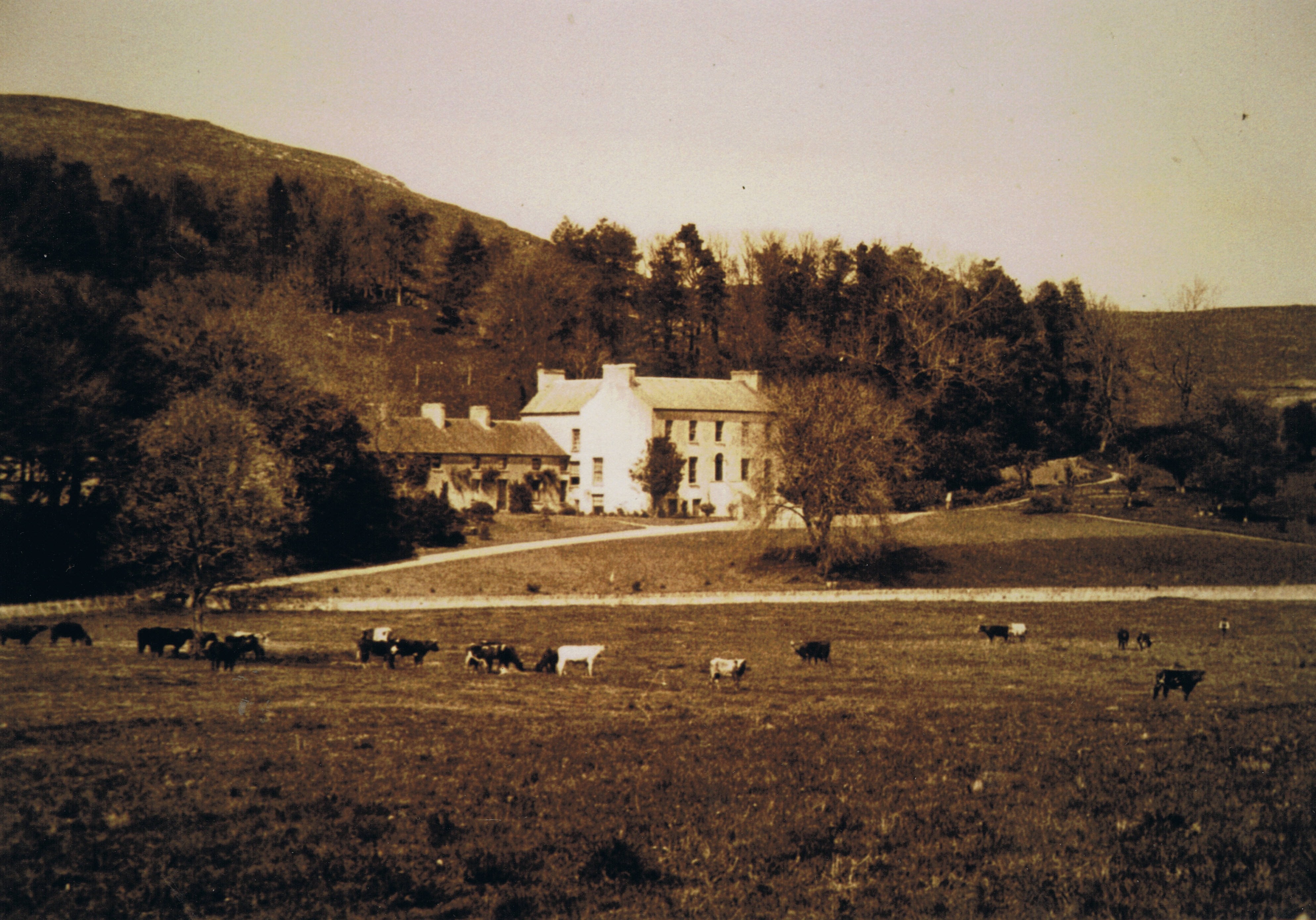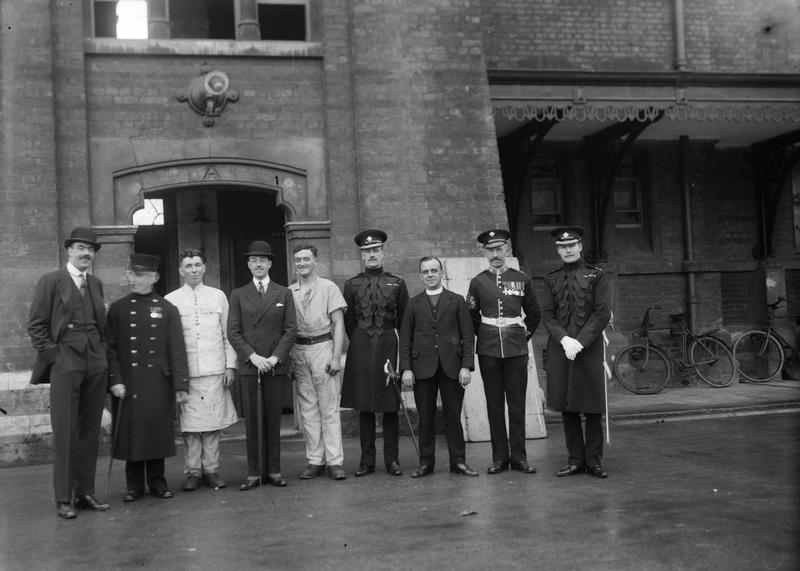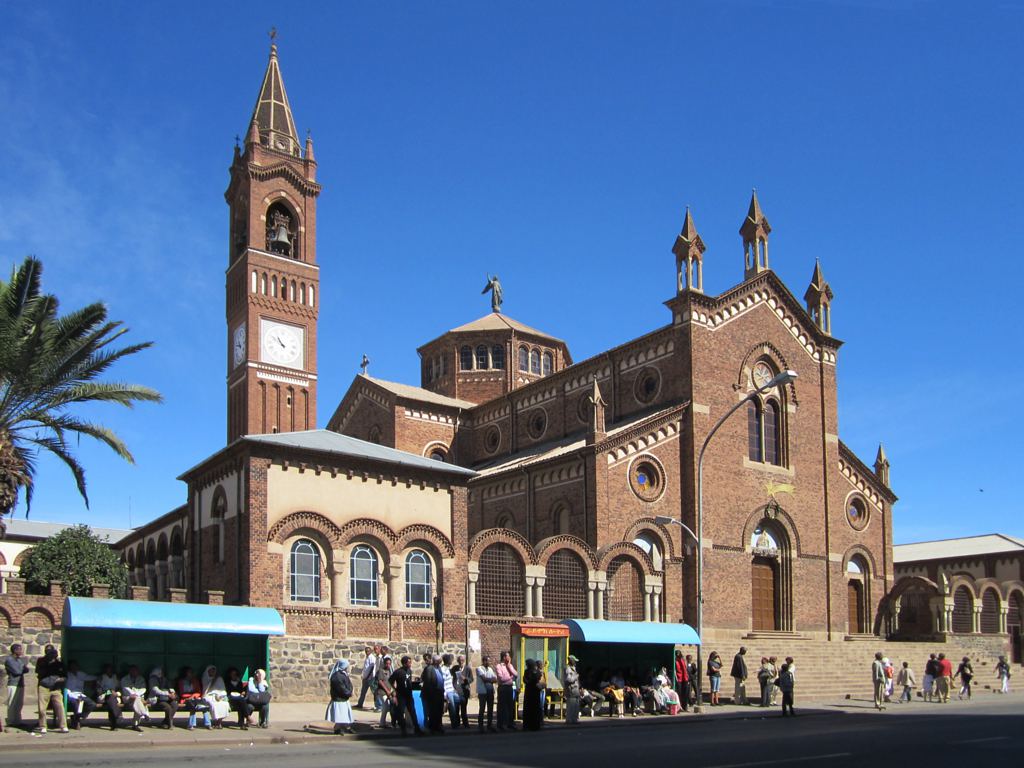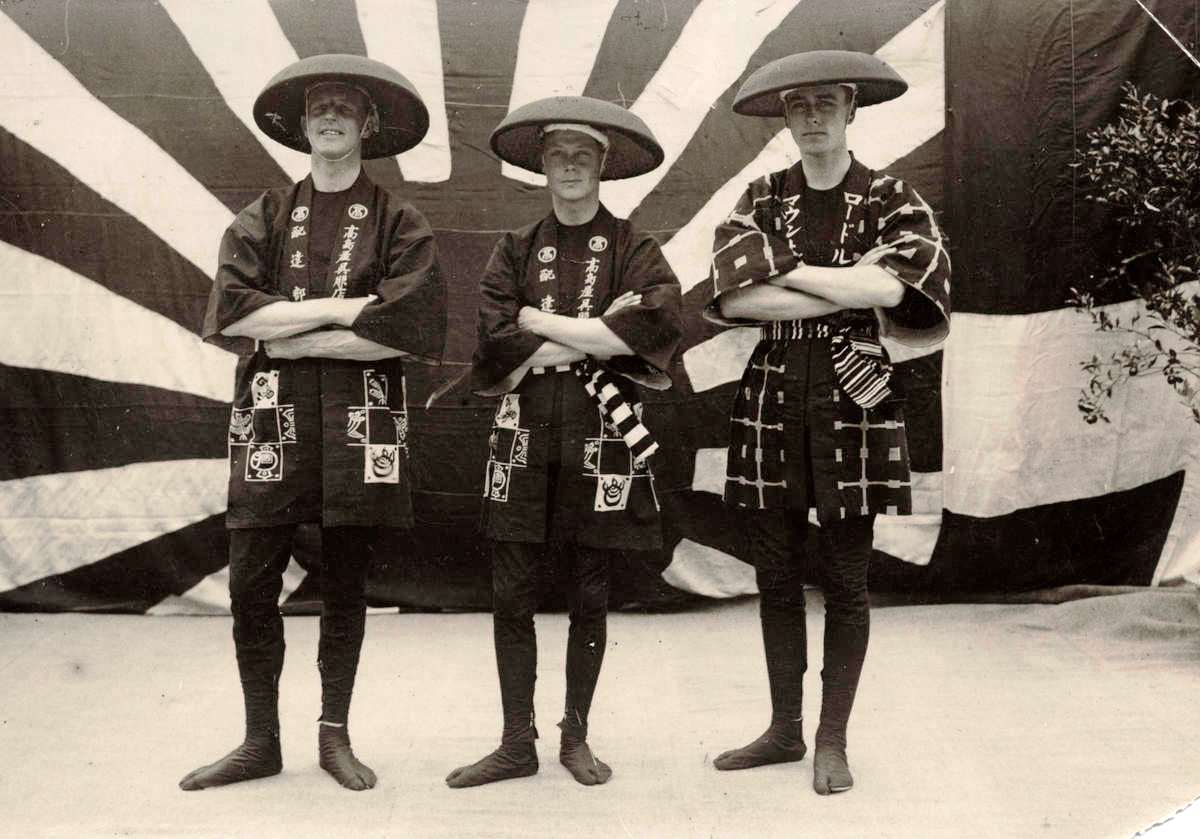|
John Eugène, 8th Count De Salis-Soglio
Lt. Colonel John (Jean) Eugène de Salis, 8th Count de Salis, Royal Geographical Society, FRGS, ''Graf v. Salis-Soglio'', (4 October 1891 – 12 June 1949), was a British soldier and diplomat. Early life and education He was the eldest son of Sir John Francis Charles de Salis, KCMG, CVO, John Francis Charles, 7th Count de Salis-Soglio, 7th Count de Salis, of Lough Gur House, Monasteranenagh, Kilmallock, Co. Limerick, and the Grisons, Switzerland. His mother was Hélène Marie de Riquet, Comtesse de Caraman-Chimay (18 August 1864 – 31 May 1902), eldest daughter of Marie Eugène Auguste de Riquet, Prince de Caraman-Chimay; she died aged 37, when John her eldest son was still only 10, a mere 13 days after the birth of her third son. De Salis succeeded his father as Count de Salis-Soglio 37 years later in 1939, in the meantime he had been made and given a Bailiff Grand Cross, Sovereign Military Order of Malta, Order of Malta; the Order of the Crown (Romania), Order of the Crown ... [...More Info...] [...Related Items...] OR: [Wikipedia] [Google] [Baidu] |
Count John Eugen De Salis As Part Of The Reception Of His Father As British Representative At The Vatican, C
Count (feminine: countess) is a historical title of nobility in certain European countries, varying in relative status, generally of middling rank in the hierarchy of nobility.L. G. Pine, Pine, L. G. ''Titles: How the King Became His Majesty''. New York: Barnes & Noble, 1992. p. 73. . Especially in earlier medieval periods the term often implied not only a certain status, but also that the ''count'' had specific responsibilities or offices. The etymologically related English term "county" denoted the territories associated with some countships, but not all. The title of ''count'' is typically not used in England or English-speaking countries, and the term ''earl'' is used instead. A female holder of the title is still referred to as a ''countess'', however. Origin of the term The word ''count'' came into English from the French language, French ', itself from Latin '—in its Accusative case, accusative form ''comitem''. It meant "companion" or "attendant", and as a title i ... [...More Info...] [...Related Items...] OR: [Wikipedia] [Google] [Baidu] |
Rudyard Kipling
Joseph Rudyard Kipling ( ; 30 December 1865 – 18 January 1936)''The Times'', (London) 18 January 1936, p. 12. was an English journalist, novelist, poet, and short-story writer. He was born in British Raj, British India, which inspired much of his work. Kipling's works of fiction include the ''Jungle Book'' -logy, duology (''The Jungle Book'', 1894; ''The Second Jungle Book'', 1895), ''Kim (novel), Kim'' (1901), the ''Just So Stories'' (1902) and many short stories, including "The Man Who Would Be King" (1888). His poems include "Mandalay (poem), Mandalay" (1890), "Gunga Din" (1890), "The Gods of the Copybook Headings" (1919), "The White Man's Burden" (1899), and "If—" (1910). He is seen as an innovator in the art of the short story.Rutherford, Andrew (1987). General Preface to the Editions of Rudyard Kipling, in "Puck of Pook's Hill and Rewards and Fairies", by Rudyard Kipling. Oxford University Press. His children's books are classics; one critic noted "a versatile and l ... [...More Info...] [...Related Items...] OR: [Wikipedia] [Google] [Baidu] |
South Kensington
South Kensington is a district at the West End of Central London in the Royal Borough of Kensington and Chelsea. Historically it settled on part of the scattered Middlesex village of Brompton. Its name was supplanted with the advent of the railways in the late 19th century and the opening (and shutting) and naming of local tube stations. The area has many museums and cultural landmarks with a high number of visitors, such as the Natural History Museum, the Science Museum and the Victoria and Albert Museum. Adjacent affluent centres such as Knightsbridge, Chelsea and Kensington, have been considered as some of the most exclusive real estate in the world. History Following the 1851 Great Exhibition in Hyde Park, an area, west of what is now Exhibition Road, was purchased by the commissioners of the exhibition, in order to create a base for institutions dedicated to the arts and sciences, leading to the foundation of the Royal Albert Hall, three museums, the Royal School ... [...More Info...] [...Related Items...] OR: [Wikipedia] [Google] [Baidu] |
Harold Alexander, 1st Earl Alexander Of Tunis
Field marshal (United Kingdom), Field Marshal Harold Rupert Leofric George Alexander, 1st Earl Alexander of Tunis (10 December 1891 – 16 June 1969), was a senior and highly decorated British Army officer who served in both of the world wars. In addition, following the end of his military career, he served as Governor General of Canada and became the first Lord-Lieutenant of Greater London, Lord Lieutenant of Greater London in 1965. Alexander was born in London and was educated at Harrow School, Harrow before moving on to the Royal Military College, Sandhurst, for training as an army officer of the Irish Guards. He rose to prominence through his service in the First World War, and continued his military career through various British campaigns across Europe and Asia during the interwar period. In the Second World War, Alexander, initially in command of a division, oversaw the final stages of the Allies of World War II, Allied Dunkirk evacuation, evacuation from Dunkirk and sub ... [...More Info...] [...Related Items...] OR: [Wikipedia] [Google] [Baidu] |
Hamasien
Hamasien ( Tigrinya: ሓማሴን) ('' Ge'ez'' ሓማሴን) was a historical province including and surrounding Asmara, part of modern Eritrea. In 1996 the province was divided and distributed largely to the modern Maekel region, with smaller parts being distributed amongst the Debub, Northern Red Sea, Gash-Barka, and Anseba regions. Hamasien was located northwest of Akele Guzai and northeast of Seraye. Traditionally being the center of the Eritrean highlands, it is the locality of the city of Asmara (the capital of Eritrea). History Archaeological evidence shows that Hamasien had been an area of a flourishing pre-historic society known as the Ona Culture that existed since around 800 B.C. with its population density being one of the highest in Sub Saharan Africa. The earliest surviving appearance of the name "Hamasien" is believed to have been the region ḤMS²M, i.e. ḤMŠ, mentioned in a Sabaic inscription of the Aksumite king Ezana. Wolbert G. C. Smidt: "Ḥamase ... [...More Info...] [...Related Items...] OR: [Wikipedia] [Google] [Baidu] |
Asmara
Asmara ( ), or Asmera (), is the capital and most populous city of Eritrea, in the country's Central Region (Eritrea), Central Region. It sits at an elevation of , making it the List of capital cities by altitude, sixth highest capital in the world by altitude and the second highest capital in Africa. The city is located at the tip of an escarpment that is both the northwestern edge of the Eritrean Highlands and the Great Rift Valley, Ethiopia, Great Rift Valley in neighbouring Ethiopia. In 2017, the city was declared as a World Heritage Site, UNESCO World Heritage Site for its well-preserved modernist architecture. According to local traditions, the city was founded after four separate villages unified to live together peacefully after long periods of conflict. Asmara had long been overshadowed by nearby Debarwa, the residence of the ''Ethiopian aristocratic and court titles#Important regional offices, Bahr Negash'' or the governor of the coastal province, however it still existe ... [...More Info...] [...Related Items...] OR: [Wikipedia] [Google] [Baidu] |
Fruity Metcalfe
Major Edward Dudley Metcalfe, (16 January 1887 – 18 November 1957) was a British Indian Army officer and a close friend—aide-de-camp and equerry—of the Prince of Wales, later King Edward VIII and Duke of Windsor. Early life Metcalfe was born in Dublin, Ireland, on 16 January 1887, the only son of Edward Metcalfe, a member of the Irish General Prisons' Board, and Edith Maud Mary Hamilton. He was educated privately and at Trinity College, Dublin.Courcy, Anne de (2002) "''The Viceroy's Daughters: the Lives of the Curzon Sisters''", W. Morrow, New York. Retrieved 23 February 2007. To friends and family, he was affectionately called "Fruity". Career Metcalfe was commissioned on to the Unattached list for Auxiliary Forces (University Candidate) on 27 May 1907. He transferred to the Unattached List, Indian Army on 15 August 1908 but to have seniority from 17 August 1907. He spent a year attached to the 1st battalion Connaught Rangers in India from 8 November 1908 until, on 8 No ... [...More Info...] [...Related Items...] OR: [Wikipedia] [Google] [Baidu] |
Wallis Simpson
Wallis, Duchess of Windsor (born Bessie Wallis Warfield, later Spencer and then Simpson; June 19, 1896 – April 24, 1986) was an American socialite and the wife of Prince Edward, Duke of Windsor (former King Edward VIII). Their intention to marry and her status as a divorcée caused a constitutional crisis that led to Abdication of Edward VIII, Edward's abdication. Wallis grew up in Baltimore, Maryland. Her father died shortly after her birth, and she and her widowed mother were partly supported by their wealthier relatives. Her first marriage, to United States Navy officer Win Spencer, was punctuated by periods of separation and eventually ended in divorce. In 1931, while married to her second husband Ernest Simpson, she met Edward, the Prince of Wales. Five years later, after Edward's accession as King of the United Kingdom, Wallis divorced Ernest to marry Edward. The King's desire to marry a woman who had two living ex-husbands threatened to cause a constitutional cr ... [...More Info...] [...Related Items...] OR: [Wikipedia] [Google] [Baidu] |
Ardennes
The Ardennes ( ; ; ; ; ), also known as the Ardennes Forest or Forest of Ardennes, is a region of extensive forests, rough terrain, rolling hills and ridges primarily in Belgium and Luxembourg, extending into Germany and France. Geologically, the range is a western extension of the Eifel; both were raised during the Givetian age of the Devonian (382.7 to 387.7 million years ago), as were several other named ranges of the same greater range. The Ardennes proper stretches well into Germany and France (lending its name to the Ardennes department and the former Champagne-Ardenne region) and geologically into the Eifel (the eastern extension of the Ardennes Forest into Bitburg-Prüm, Germany); most of it is in the southeast of Wallonia, the southern and more rural part of Belgium (away from the coastal plain but encompassing more than half of the country's total area). The eastern part of the Ardennes forms the northernmost third of the Grand Duchy of Luxembourg, also called ... [...More Info...] [...Related Items...] OR: [Wikipedia] [Google] [Baidu] |
Edward VIII
Edward VIII (Edward Albert Christian George Andrew Patrick David; 23 June 1894 – 28 May 1972), later known as the Duke of Windsor, was King of the United Kingdom and the Dominions of the British Empire, and Emperor of India, from 20 January 1936 until Abdication of Edward VIII, his abdication in December of the same year to marry American divorcée Wallis Simpson. Edward was born during the reign of his great-grandmother Queen Victoria as the eldest child of the Duke and Duchess of York, later King George V and Mary of Teck, Queen Mary. He was created Prince of Wales on his 16th birthday, seven weeks after his father succeeded as king. As a young man, Edward served in the British Army during the First World War and undertook several overseas tours on behalf of his father. The Prince of Wales gained popularity due to his charm and charisma, and his fashion sense became a hallmark of the era. After the war, his conduct began to give cause for concern; he engaged in a series of ... [...More Info...] [...Related Items...] OR: [Wikipedia] [Google] [Baidu] |
World War II
World War II or the Second World War (1 September 1939 – 2 September 1945) was a World war, global conflict between two coalitions: the Allies of World War II, Allies and the Axis powers. World War II by country, Nearly all of the world's countries participated, with many nations mobilising all resources in pursuit of total war. Tanks in World War II, Tanks and Air warfare of World War II, aircraft played major roles, enabling the strategic bombing of cities and delivery of the Atomic bombings of Hiroshima and Nagasaki, first and only nuclear weapons ever used in war. World War II is the List of wars by death toll, deadliest conflict in history, causing World War II casualties, the death of 70 to 85 million people, more than half of whom were civilians. Millions died in genocides, including the Holocaust, and by massacres, starvation, and disease. After the Allied victory, Allied-occupied Germany, Germany, Allied-occupied Austria, Austria, Occupation of Japan, Japan, a ... [...More Info...] [...Related Items...] OR: [Wikipedia] [Google] [Baidu] |
Geneva Convention
upright=1.15, The original document in single pages, 1864 The Geneva Conventions are international humanitarian laws consisting of four treaties and three additional protocols that establish international legal standards for humanitarian treatment in war. The singular term ''Geneva Convention'' colloquially denotes the agreements of 1949, negotiated in the aftermath of the Second World War (1939–1945), which updated the terms of the two 1929 treaties and added two new conventions. The Geneva Conventions extensively define the basic rights of wartime prisoners, civilians and military personnel; establish protections for the wounded and sick; and provide protections for the civilians in and around a war-zone. The Geneva Conventions define the rights and protections afforded to those non-combatants who fulfill the criteria of being '' protected persons''. The treaties of 1949 were ratified, in their entirety or with reservations, by 196 countries. The Geneva Convention ... [...More Info...] [...Related Items...] OR: [Wikipedia] [Google] [Baidu] |










